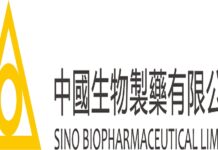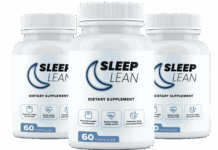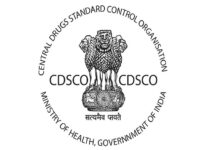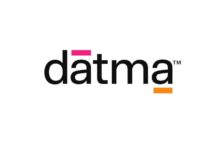A paper that has been published in the European Journal of Pharmaceutics and Biopharmaceutics has gone on to review the present application status of Quality by Design- QbD within the framework of the ICH guidelines- ICH Q8(R2) – Q14 as well as ICH Q2(R2)). Throughout the past several years, the pharma industry has gone on to face numerous challenges pertaining to quality assurance when it comes to drug development.
Making use of a high-quality approach when it comes to the development of pharmaceuticals
Still Quality by Design goes on to offer an innovative, systematic, scientific, as well as risk-based approach when it comes to pharmaceutical quality.
This process helps save time along with financial cost savings by making sure to streamline the pharmaceutical R&D process while at the same time providing greater flexibility when it comes to manufacturing. It also helps to lower the regulatory burden as well as reported in the paper.
The authors went on to state that critically, drug development by way of using Quality by Design means an in-depth understanding of a formulation of drug as well as its manufacturing process can be attained, and establishment of an apt control strategy along with the reduction of regulatory oversight.
While the advantages when it comes to the Quality by Design approach happen to be clear and practical execution of Quality by Design is stressed by the publication of public guidance documents ICH Q8(R2) – ICH Q14, the sector, apparently, has not yet fully included the QbD approach in Marketing Authorization Applications (MAAs) when it comes to European market approval, the authors noted.
For instance, Simoes et al. underscored that within the EU market, a comparatively low number of pharmaceutical products that were approved adopted the QbD methodology or described QbD aspects in their regulatory submissions.
Giving a review of the implementation of QbD in the pharma landscape
To compile the overall review when it comes to Quality by Design in the context of MAAs across Europe, the researchers evaluated the implementation of the QbD methodology for all MAAs that have been given a nod by the European Medicines Agency- EMA since the ICH Q8(R2) guideline was put in place in 2009. The team went on to analyze the European Public Assessment Report- EPAR when it comes to the QbD approach.
It is well to be noted that the authors went on to rank the MAAs for 1780 pharma products that happened to be approved between 2009 and 2023 as per the different application types: full application (Article 8(3)), well-established usage (Article 10a), fixed dose mix (Article 10b), informed consent (Article 10c), generic (Article 10(1)), hybrid (Article 10(3)), as well as biosimilar (Article 10(4)).
So as to continue bridging the gaps when it comes to traditional and modern, also known as enhanced development approaches, the sector must go on to meet regulatory expectations and also look into certain innovative frameworks that make sure of high-quality levels, concluded Simoes et al.


















